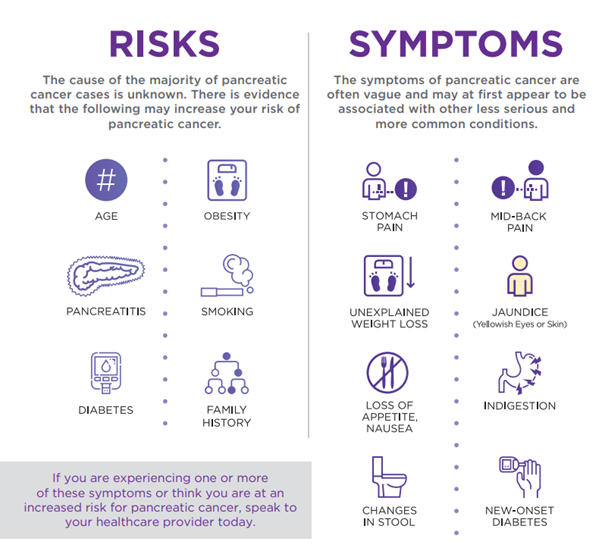Caroline Le, Research Program Manager of the Jreissati Family Pancreatic Centre at Epworth, has a lofty goal - to ensure the survival rates of those with pancreatic cancer rise to the same high rates as breast cancer.
While 91% survive breast cancer five years after diagnosis, the statistics for pancreatic cancer are daunting.
"It is quite rare but pancreatic cancer now kills more people than breast cancer. The 5-year survival rate is less than 12%", Caroline said.
"But there is definitely hope; I wouldn't be here if there wasn't."
Caroline's hope for the future is based on the 25 studies the Jreissati Family Pancreatic Centre at Epworth has underway: 14 studies in the recruitment phase and 11 in development, after just nine months of operating.
"They range from studies on early detection to better treatments and supportive care. The earlier we detect; the more options patients have and the more answers we have. Currently, with a median survival rate of just 167 days from diagnosis to death, this limits the clinical research we can do. We need to diagnose pancreatic cancer earlier.
"The first step is building awareness of early symptoms."
The symptoms of pancreatic cancer are extremely vague – loss of appetite, weight loss, abdominal or middle back pain and change in bowel movements.
"Anecdotally, people think they have gastro. Often with such vague symptoms, there are a million different things you consider before we even get to pancreatic cancer. Then, once diagnosed, it's usually too late. By diagnosis, about 80% of patients have an inoperable tumour and 60% of cases are metastatic (already spread)."
Part of the work of the Centre is raising awareness of this disease, through education and support of GPs.
"It's pure math. In Australia this year, around 4,200 patients will be diagnosed with pancreatic cancer. There are 37,000 registered GPs practicing in Australia. Therefore, a GP will see maybe one case every few years. Among the thousands of other things that could cause these symptoms, pancreatic cancer is understandably not at the forefront of their minds," Caroline explained.
"One of the things we're doing is sending "old school" anatomical models of the pancreas to GPs to have on their desks, to help trigger awareness. We're also distributing a step-by-step guide to GPs about what to do when presented with certain combinations of symptoms. This will help determine whether to act or watch and wait."
Caroline says awareness is increasing slowly, partly due to celebrities like Patrick Swayze and Steve Jobs having the disease.
"We have new technology and treatments to provide patients with options now that we didn't have before," she added.
During this pancreatic cancer awareness month, it's timely to learn the risks and symptoms of this devastating disease:







